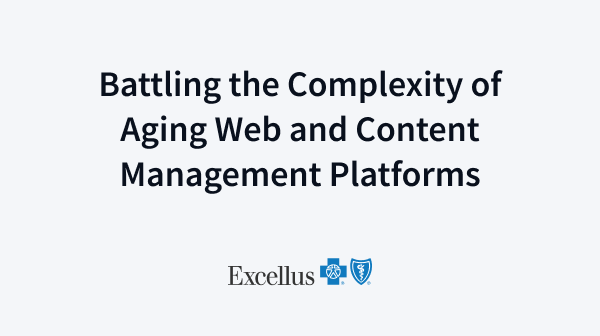Sahaj was able to scale their vendor portal to accommodate for growing business needs.
Expanding Business with Liferay DXP to Connect Rural Communities to the Digital World
18K
New Users
30%
Increase in Transactions
45
running services
Outline
Jump to Section
Key Takeaways
- For sustainable growth, Sahaj needed to leverage scalable solutions.
To reach and serve more rural communities, Sahaj depended on Liferay DXP to be able to scale their vendor portal efficiently. - In order to retain users, the business must focus on delivering better experiences.
Now that the portal has an easy-to-use and attractive UI, partners enjoy using the tool and are able to effectively provide their services to these rural communities - Faster publication and feature creation allows Sahaj to accelerate their go-to-market time.
Rolling out new features more quickly enables Sahaj to keep on top of and anticipate business demands.
Background
Sahaj is an ITES company that bridges the digital divide between urban and rural India, bringing banking, insurance, e-learning, retail, and government services to millions in villages through partners called Sahaj Mitrs.
At first, Sahaj was using Liferay Community Edition (CE) with the open-source technology available to build their vendor portal. Vendors log into the portal to offer their services to rural communities. While Liferay CE is great for small projects, experimentation, and companies who need a robust low-budget option, Sahaj quickly realized that in order to support their growing needs, they would need a better, more scalable solution with advanced features.
At first, Sahaj was using Liferay Community Edition (CE) with the open-source technology available to build their vendor portal. Vendors log into the portal to offer their services to rural communities. While Liferay CE is great for small projects, experimentation, and companies who need a robust low-budget option, Sahaj quickly realized that in order to support their growing needs, they would need a better, more scalable solution with advanced features.
Liferay Solutions
Ready to see what Liferay can do?
Challenges
- Limited functionality hindered business growth. Their portal’s limited features and usability prevented business expansion. If Sahaj wanted to reach more rural communities across India, they would need more flexibility and easier publication options.
- Partners frustrated because of poor user experience. Partners were leaving because the portal wasn’t user-friendly. The UI didn’t look the best, and key resources were hard to find.
- Lack of updates due to complex architecture. The portal’s complicated back-end made it difficult for partners to make any changes, making the partner’s experience even more frustrating as they tried to get their content and services up.

Implementation
Sahaj decided to migrate to Liferay DXP to unlock the possibilities of enterprise-exclusive content management capabilities and UI/UX options.
PwC served as a partner for the migration process, managing it from the planning stage to a successful go-live. Alongside Liferay’s support team, Sahaj was able to take advantage of the enterprise version of Liferay to overhaul their site for a more user-focused, compelling experience.
PwC served as a partner for the migration process, managing it from the planning stage to a successful go-live. Alongside Liferay’s support team, Sahaj was able to take advantage of the enterprise version of Liferay to overhaul their site for a more user-focused, compelling experience.

Results
By moving onto Liferay DXP, Sahaj was able to:
- Increase user retention with an improved user experience. 18,000 new users have enrolled with a total of almost 50,000 active users, making an average of 30,000 transactions per day and 700+ concurrent users during peak hours.
- Manage and publish content more easily. Important updates and news can go out on time so that users can have access to the most current information.
- Accelerate time-to-market. Critical features can be created and implemented more quickly. This helps reduce costs and resources significantly.
Now, Sahaj can more effectively enable their Sahaj Mitrs to digitize rural India through the improved vendor platform. Rural communities get the resources and services they need through partners like the government. During the COVID-19 pandemic, for example, Sahaj made a low-cost insurance option available to communities who otherwise wouldn’t have had access.
Sahaj has also just launched a native Android app with future plans to make the app hybrid so that people in rural communities can use it directly. This will take Sahaj’s business from just B2B to B2C as well and continue to help them in their mission to connect rural communities to important resources.
Sahaj has also just launched a native Android app with future plans to make the app hybrid so that people in rural communities can use it directly. This will take Sahaj’s business from just B2B to B2C as well and continue to help them in their mission to connect rural communities to important resources.




